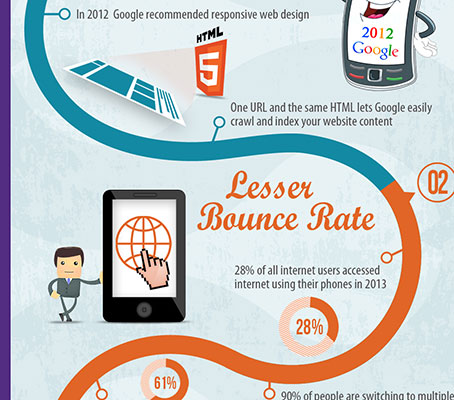The Transformation Of Online Operatings Systems: A Journey With Time
The Transformation Of Online Operatings Systems: A Journey With Time
Blog Article
Written By-Carstens Gibbons
In the past, websites were simple and concentrated on information. Navigation was direct, and style was for desktop computers. Currently, web accessibility compliance is vital. Information overviews styles for very easy navigation. Receptive layouts match different gadgets. Today, dark setting lowers pressure, and minimalist food selections improve navigating. Interactive attributes engage customers, and bold visuals stick out. AI combination increases interaction. See how layout has actually progressed to improve your online trip.
Early Days of Web Design
In the very early days of web design, simplicity preponderated. Sites were basic, with restricted shades, typefaces, and layouts. The focus got on offering information instead of flashy visuals. Users accessed the net via slow-moving dial-up connections, so speed and functionality were key.
Navigating website content writing services were straightforward, commonly situated on top or side of the web page. Sites were created for home computer, as mobile browsing wasn't yet prevalent. Web content was king, and developers prioritized simple readability over complicated design elements.
HTML was the key coding language utilized, and developers needed to work within its restrictions. Animations and interactive functions were marginal compared to today's criteria. Internet sites were fixed, with little vibrant web content or customized user experiences.
Surge of User-Focused Layout
With the evolution of site style, a shift in the direction of user-focused design concepts has actually become progressively popular. Today, producing web sites that prioritize individual experience is crucial for engaging visitors and achieving organization goals. User-focused style involves comprehending the requirements, preferences, and actions of your target market to tailor the site's format, web content, and includes appropriately.
Designers now conduct thorough study, such as customer studies and functionality testing, to collect insights and comments directly from individuals. This data-driven technique aids in developing instinctive navigation, clear calls-to-action, and aesthetically appealing interfaces that resonate with visitors. By putting the customer at the center of the layout procedure, sites can provide an extra tailored and satisfying experience.
Responsive layout has likewise become a key aspect of user-focused style, ensuring that internet sites are enhanced for numerous gadgets and screen dimensions. This flexibility improves availability and use, catering to the diverse methods individuals interact with internet sites today. Basically, the rise of user-focused layout symbolizes a change in the direction of developing digital experiences that focus on the needs and assumptions of completion individual.
Modern Trends in Website Design
Explore the most recent fads forming website design today. One popular pattern is dark setting layout, providing a sleek and modern-day look while reducing eye strain in low-light settings. Another essential fad is minimal navigating, simplifying menus and improving user experience by focusing on essential elements. Integrating micro-interactions, such as computer animated switches or scrolling effects, can produce a much more engaging and interactive internet site. Receptive layout continues to be essential, guaranteeing smooth individual experiences throughout various tools. Additionally, utilizing vibrant typography and asymmetrical designs can include aesthetic rate of interest and accentuate details content.
Incorporating AI technology, like chatbots for consumer support or customized referrals, improves individual interaction and improves procedures. Access has likewise come to be a substantial fad, with designers focusing on inclusive style techniques to accommodate varied user requirements. Embracing sustainability by maximizing internet site efficiency for speed and effectiveness is one more emerging fad in website design. Working together with individual feedback and data analytics to iterate and enhance layout continually is crucial for remaining appropriate in the ever-evolving digital landscape. By embracing these modern-day fads, you can produce an aesthetically enticing, easy to use internet site that resonates with your audience.
Verdict
As you assess the advancement of web site design from the early days to currently, you can see how user-focused design has actually come to be the driving pressure behind modern fads.
Welcome the trip of change and adaptation in web design, always keeping the user experience at the leading edge.
Remain existing with the current trends and innovations, and never ever quit developing your strategy to produce visually stunning and easy to use internet sites.
Progress, adjust, and create - the future of website design remains in your hands.
